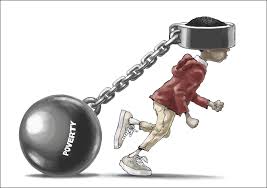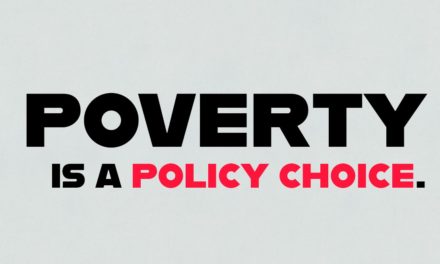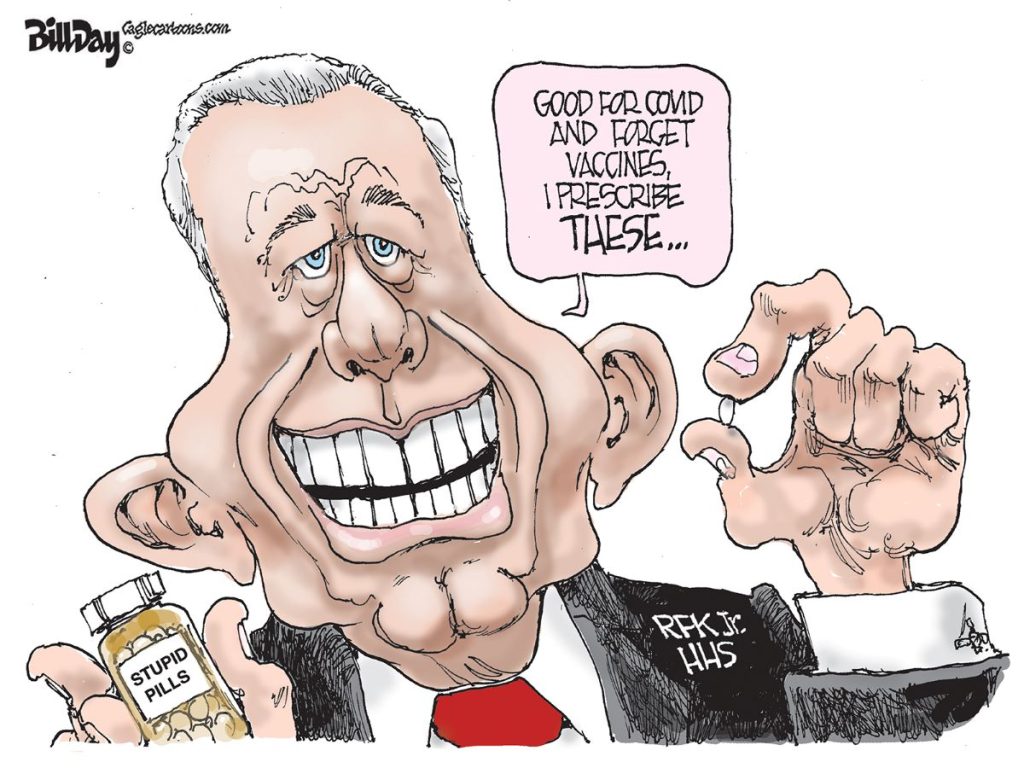The 10th edition of the Poverty Fact Sheet, the definitive data published yearly by Dr. Elena Delavega of the University of Memphis School of Social Work and Dr. Gregory M. Blumenthal, had good news and bad news this year.
“The good news is that although poverty appears to be increasing for almost everyone else, child poverty declined significantly,” the 2022 report said. “This suggests that programs that provide funds for children such as the targeted stimulus helped families with children.”
Just think, the child poverty rate in the 2019 Poverty Fact Sheet was 44.9%; however, in the current report, it has dropped to 32.7%. Yes, it’s still too high but as the report’s authors point out, policy matters and in the case of children under 18, federal policy had a dramatic impact on the child poverty rate.
Regrettably, with the prospect of at least a Republican majority in the U.S. House of Representatives, there’s long odds that such policies will continue.
Stubborn Poverty
At the same time, the overall poverty rate in Memphis increased marginally from 21.7% in 2019 to 22.6% today. It attests to the stubborn presence of poverty in Memphis, whose rate has never fallen below 20% since the fact sheets began in 2012 and which even today holds 147,000 people in its grip.
The Memphis poverty rate over time was:
2021 – 22.6%
2019 – 21.7%
2017 – 24.7%
2015 – 26.2%
2013 – 27.7%
Among cities with more than 500,000 population, Memphis is #5 in its poverty rate. Its 22.6% rate was only less than Philadelphia (22.8%), Baltimore (23%), Milwaukee (23.8%), and Detroit (30.2%).
The Regional Anomaly
The Memphis MSA is an anomaly in that the issues found in the county at its center are also found outside Shelby County. In many MSAs, when you travel from the central county to the region, indicators like poverty get better.
But here, there is a level of poverty in the ring counties that means that in a ranking of MSAs with more than one million people, the Memphis MSA is #2 in the highest poverty rate – 16.9%. Only the New Orleans MSA has a higher poverty rate at 18.4%.
At the same time, while Memphis is #4 in its child poverty rate for cities with more than 500,000 people, the MSA is #2 in the highest child poverty rate at 22.9%. Only the New Orleans-Metairie MSA is higher: 25.6%.
“Indeed, Memphis may be doing better, but children continue suffering the most egregious poverty levels,” the report stated. “The community needs to do more to address the needs of children and families. Children are poor because their parents are poor. It is as simple as that. Poor families need supports such as low-cost mortgages, subsidized childcare, adequate public transportation, and citywide access to the internet. The reality is that only when all Memphians have full access to the goods of the community that Memphis will thrive.”
The Mandate
While the African American poverty rate is higher than the state and country rate, when only White non-Hispanics are considered, Memphis MSA is #28 for regions with more than one million population.
“The poverty rates for non-Hispanic Whites are better in Shelby County than for the same group in Tennessee or the United States, while the rates for Blacks are generally worse in Memphis and Shelby County than Tennessee or the nation,” the report said. “It is also interesting to note that for non-Hispanic Whites, the worst poverty rates are at the state and city level. Given that the majority of the population of Tennessee (in contrast to the City of Memphis) is non-Hispanic White (72.1%), it is clear that the driver for poverty in the State is White poverty.”
The Fact Sheet concludes with a clear and resounding mandate: “A community cannot have such a high percent of people in poverty without affecting everyone. The data point to this fact very clearly: Shelby County and the suburban areas are not immune to increasing poverty and the accompanying social and economic malaise. We must understand that to eliminate poverty, we need to work together for the benefit of all.”
If there is an exclamation point for the 10 Fact Sheets, this paragraph is it.
As someone who’s always willing to nerd out with data, the Poverty Fact Sheet is a godsend. It is definitive, it is provocative, it is thought-inducing, and it should be required reading for everyone who cares about this community. Kudos to Dr. Delavega and Dr. Blumenthal for making it available to us.
Read the Poverty Fact Sheets from 2012 to 2022 for yourself.
**
Join us at the Smart City Memphis Facebook page for daily articles, reports, and commentaries that are relevant to Memphis.





